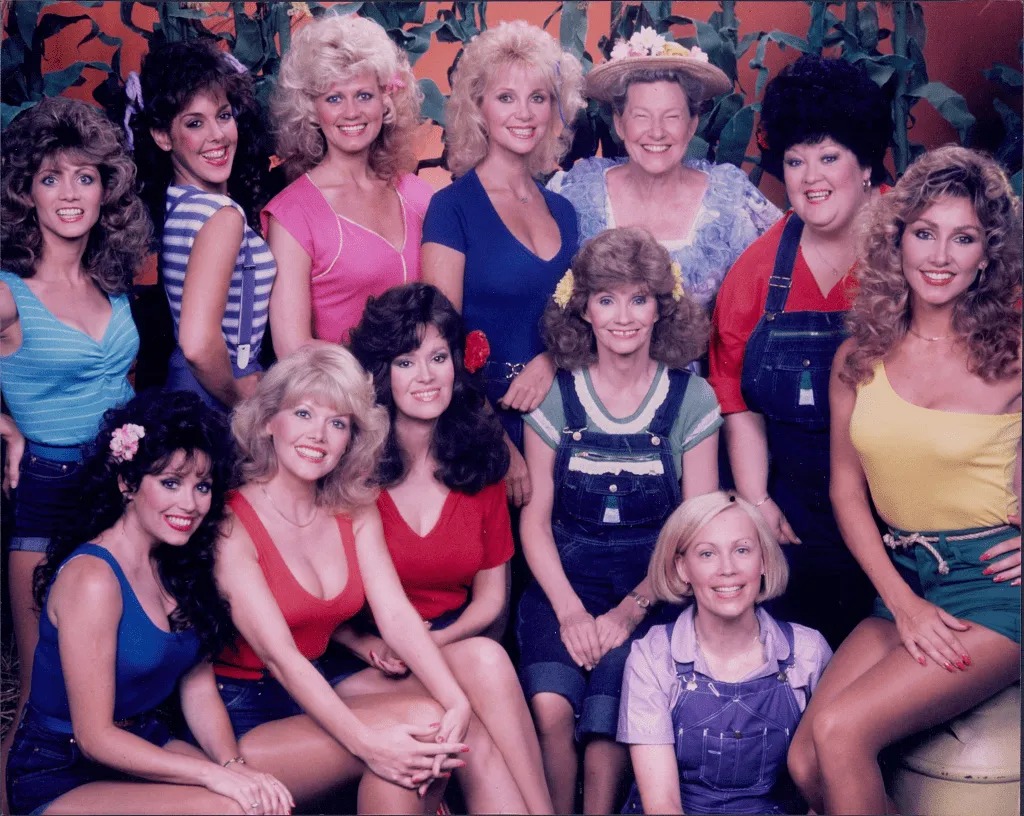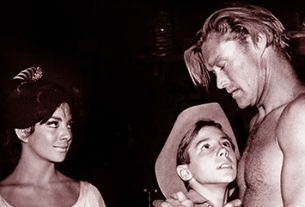Hee Haw, one of America’s most recognizable variety shows, holds a unique place in the landscape of U.S. television history. Airing from 1969 to 1993, this rural-themed comedy and music program offered audiences a blend of country humor, musical performances, and sketch comedy that made it a consistent favorite, especially among families in rural and suburban communities.
Today, when a rare unedited scene from Hee Haw circulates online, it tends to spark immediate recognition and fond recollections—not just because of the cast or music, but because of the authentic atmosphere and cultural memory the show preserves.
The Cultural Impact of Hee Haw
Hee Haw premiered on CBS in 1969, created by Frank Peppiatt and John Aylesworth, who modeled it loosely on the urban-style format of Rowan & Martin’s Laugh-In. However, instead of metropolitan settings, Hee Haw was rooted in rural Americana, showcasing barnyard-style backdrops, southern humor, and bluegrass or country music.
The show featured a rotating cast of legendary musicians and regular comedic performers, including Roy Clark, Buck Owens, Minnie Pearl, and Junior Samples. While CBS canceled it in 1971 as part of a network move to drop rural programming (known as the “rural purge”), Hee Haw quickly found a second life in first-run syndication, where it thrived for over two more decades.
According to The Museum of Broadcast Communications, Hee Haw was a rare example of a syndicated variety show that sustained high viewership for more than 20 years, due in part to its family-friendly content and appeal to middle America.
Source: Museum of Broadcast Communications

Why the Unedited Scene Matters
Modern audiences—especially those who experienced the show in its original run—are often drawn to unedited or raw clips of Hee Haw episodes. Unlike today’s highly produced and digitally enhanced shows, Hee Haw was shot on videotape and filmed in a way that preserved live reactions, bloopers, and spontaneity.
These unedited scenes are compelling because they:
- Showcase the genuine camaraderie among cast members
- Highlight organic humor, including moments when performers break character
- Reflect a simpler production era, where visual and sound effects were minimal
- Capture the essence of community-based, values-driven entertainment
In essence, they provide an authentic window into a different era of television, one that emphasized relatability, laughter, and musical storytelling over complex storylines or dramatic tension.
Accessible Humor and Musical Heritage
The show’s most recognizable segments, such as “PFFT! You Was Gone,” “KORN News,” and the “Kornfield Jokes,” combined quick jokes with musical interludes and audience participation. Rather than relying on professional acting alone, the humor was designed to feel informal, spontaneous, and inclusive of regional dialects and sensibilities.
Hee Haw also played a vital role in promoting country and bluegrass music. The show regularly featured performances by icons like:
- Dolly Parton
- George Jones
- Merle Haggard
- Loretta Lynn
- Conway Twitty
These performances helped bridge traditional Appalachian and country music with mainstream American audiences. In fact, Hee Haw was one of the few television programs in its time that consistently featured live country music in its unedited form.

Enduring Appeal Across Generations
According to a 2019 retrospective by PBS, the longevity of Hee Haw can be attributed to its blend of humor and music, along with its sense of cultural preservation. The show offered an outlet for audiences—especially in rural America—to see their lifestyle, values, and musical preferences reflected on national television at a time when few programs did so.
The unedited scenes that resurface today are not just nostalgic—they are archival in nature, giving younger generations a chance to understand how comedy, music, and culture intersected in earlier decades of American television.
Source: PBS American Masters
A Multigenerational Connection
For many viewers, Hee Haw was family-oriented programming. It aired during prime weekend slots and was often watched together across generations. The program avoided controversial or political material, focusing instead on humor that was regionally relevant and broadly accessible.
As a result, scenes from the show remain shared experiences for families across decades, making unedited clips particularly meaningful—they serve as reminders of time spent watching TV together, laughing, and enjoying music with loved ones.

Hee Haw in Retrospective Media Studies
Today, Hee Haw is considered a cultural artifact within media studies, often cited as an example of regional representation in American broadcast history. According to the Journal of Popular Film and Television, the program successfully created a space for southern and rural identity at a time when most national programming catered to urban audiences.
The show’s consistent format, musical celebration, and comic tone created a reliable formula that appealed across income levels, political lines, and generations. Scholars note that while the humor leaned on caricature and exaggeration, it was usually delivered with self-awareness and mutual respect.
[Source: Journal of Popular Film and Television, Volume 38, Issue 3]
From Broadcast to Digital Legacy
In the streaming era, Hee Haw maintains its influence through archival footage, YouTube compilations, and documentary features. Select DVDs and digital releases have helped preserve the show’s iconic moments, making them available to fans who either remember it firsthand or are discovering it anew.
Additionally, segments of Hee Haw have been featured in exhibits at the Country Music Hall of Fame and Museum, further cementing its legacy in the intersection of media and American music history.
Source: Country Music Hall of Fame and Museum

Conclusion: More Than Nostalgia—A Celebration of Americana
An unedited scene from Hee Haw is more than a viral clip—it’s a preserved moment from a transformative time in television history. For those who remember the show, it offers a comforting reminder of laughter, family time, and musical excellence. For new viewers, it offers a cultural insight into a program that celebrated community, simplicity, and storytelling.
Whether you’re a longtime fan or a first-time viewer, the appeal of Hee Haw endures not because it was perfect, but because it was authentically human. In today’s digital world, where content is often highly produced and filtered, Hee Haw’s sincerity remains refreshingly timeless.
Recommended Sources for Further Reading:
- Museum of Broadcast Communications – Hee Haw Entry
- PBS American Masters – Country Music Series
- Country Music Hall of Fame and Museum
- Journal of Popular Film and Television



